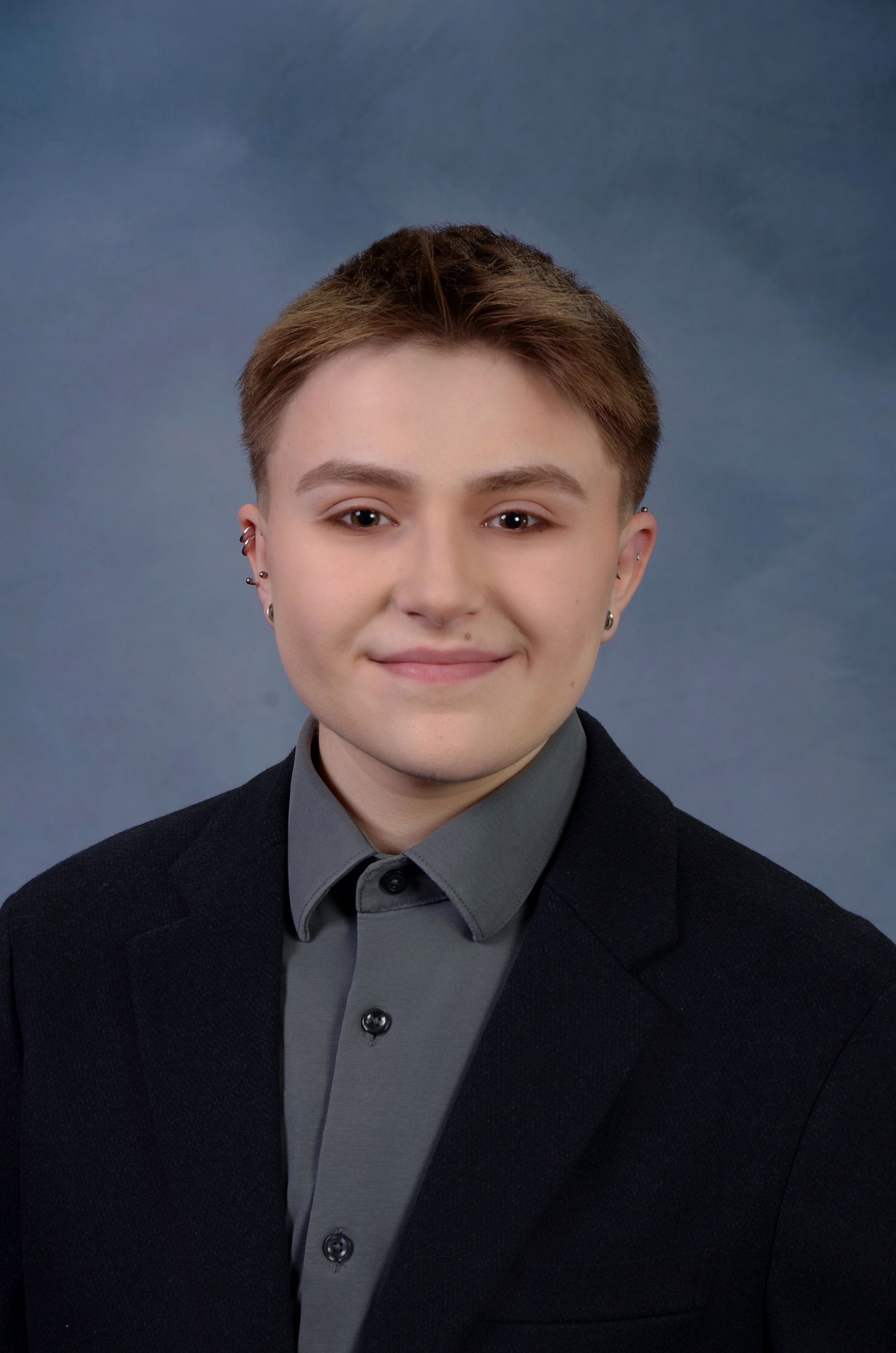Below is a summary of the abstract you submitted. Presenting author(s) is shown in bold.
If any changes need to be made, you can modify the abstract or change the authors.
You can also download a .docx version of this abstract.
If there are any problems, please email Dan at dar78@pitt.edu and he'll take care of them!
This abstract was last modified on March 31, 2025 at 1:29 a.m..

Advanced phage undergraduate researchers at Lehigh University are investigating host-phage interactions and immunity mechanisms within cluster N lysogens. Several studies have shown a pattern of cluster N prophage gene expression within lysogens from genes primarily located in the central variable region (CVR) of cluster N phage genomes (e.g., Dedrick et al., 2017). Specific prophage genes are implicated in defense mechanisms protecting lysogens from heterotypic viral infection. Of particular interest are Kevin1 genes 30 (a functionally annotated AAA-ATPase) and 31 (an orpham with Blastp hits to HicB-like antitoxin). What role these genes play in the Kevin1 life cycle or in phage-host interactions is unknown and is the focus of this work. We have used an array of experimental strategies to probe gene function, including: 1) bacteriophage recombineering electroporated DNA (BRED) techniques to mutate phage genomes; 2) lysogen production using wildtype and mutant phages to test lysogen establishment, maintenance, and immunity patterns; 3) RNAseq analysis to determine prophage and Mycobacterium smegmatis gene expression in lysogens; 4) cytotoxicity assays to assess effects of gene 30, gene 31, and gene 30-31 expression on bacterial growth; and 5) protein modeling to explore putative protein-protein interactions between gp30 and gp31. RNAseq data show that genes 30 and 31 are expressed, along with other genes in the CVR. Using BRED, a Kevin1 Δ30 mutant, lacking the AAA-ATPase domain, was constructed. Both wildtype Kevin1 and Kevin1 Δ30 mutant phages produce lysogens, but the mutant lysogen is less stable, suggesting involvement of the AAA-ATPase domain in stable maintenance of lysogeny. Immunity patterns for wildtype and mutant lysogens differ for several heterotypic phages tested, indicating a possible role for gene 30 in the infection cycle of several heterotypic phages. Gene 30 is cytotoxic when overexpressed in M. smegmatis whereas overexpression of the gene 30 mutant is not, implicating the AAA-ATPase domain in mediating gene 30 cytotoxicity. Notably, gene 31 is not cytotoxic and its co-expression along with gene 30 abolishes gene 30 cytotoxicity. Taken together, we hypothesize that genes 30 and 31 constitute a toxin-antitoxin pair expressed in the lysogenic state. RNAseq analyses of the mutant lysogen reveals up-regulation of genes predicted to function in the Kevin1 lytic cycle. This may account for increased instability of the mutant lysogen compared to wildtype. Additional BRED experiments in progress to delete gene 31 and test lysogen production will further test this hypothesis, predicting that lysogen establishment will be disrupted. AlphaFold2 predicts protein-protein interactions between gp30 and gp31, with interactions spanning the AAA-ATPase domain and the mid region of gp31. Conformation changes and a significantly decreased number of interactions between gpΔ30 and gp31 are proposed.


